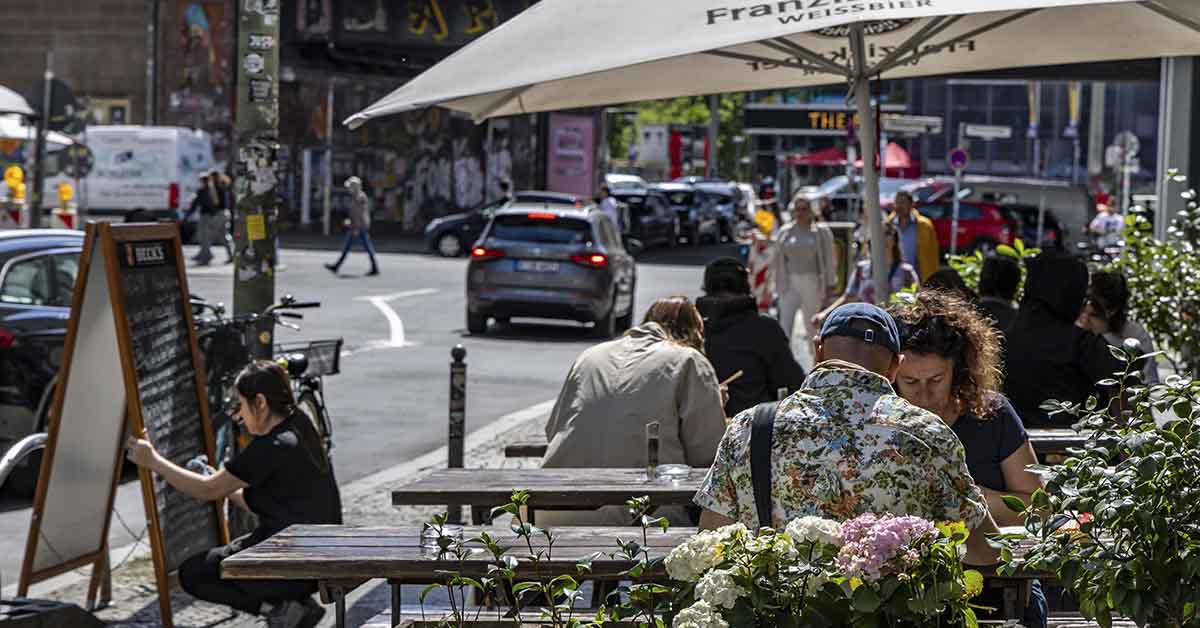When planning a trip or relocation, travelers often research the friendliness of their destination. While many cities around the world are celebrated for warm welcomes and engaging locals, some places are perceived as far less inviting. These perceptions may stem from cultural differences, urban stress, language barriers, or simple misunderstandings. Based on surveys, traveler feedback, and social sentiment, here are ten cities that have developed reputations for being among the least friendly on Earth.
10. Seattle, USA

Seattle is often cited for its “Seattle Freeze,” a term locals use to describe the city’s polite but emotionally distant social climate. While not unfriendly in the traditional sense, newcomers sometimes find it hard to make close friends. This reputation is widely acknowledged and has even been studied in social research. Though residents are courteous, meaningful social connection can take time. Many people report it takes months, even years, to break into social circles. The tech industry’s dominance and long winters may contribute to a more reserved, introverted social atmosphere than expected.
9. Amsterdam, Netherlands
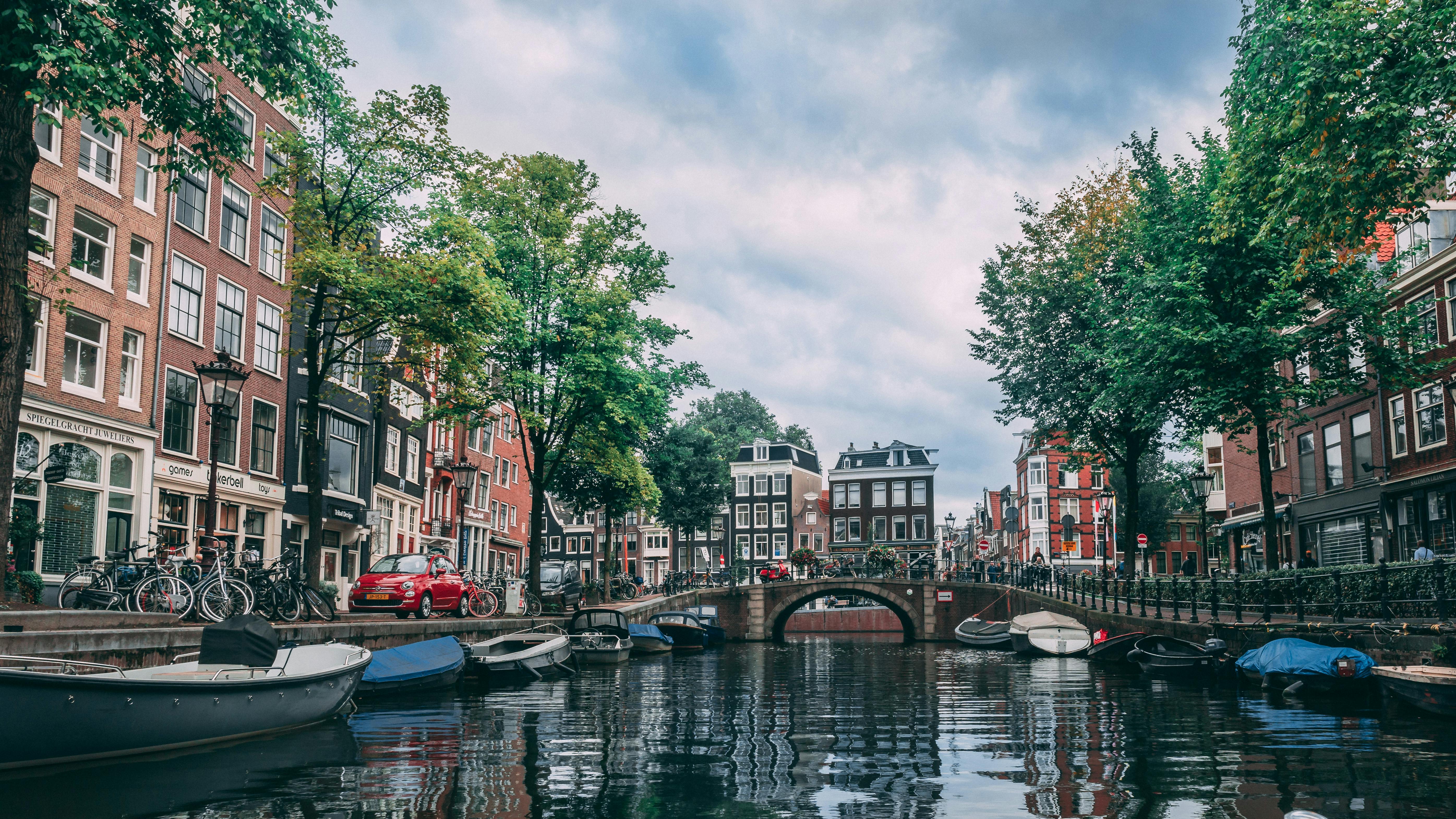
Amsterdam’s reputation for friendliness has declined in recent years, particularly in the eyes of its own residents. Many locals express frustration over mass tourism, rising costs, and changing city dynamics. While Amsterdam remains efficient and safe, visitors sometimes describe interactions as cold or impatient, especially in crowded areas like the city center or transportation hubs. Some travelers feel brushed off in cafés or shops. Others cite a growing distance between locals and tourists, especially in places overwhelmed by visitor traffic, which has gradually shifted the city’s social tone.
8. Newark, New Jersey, USA
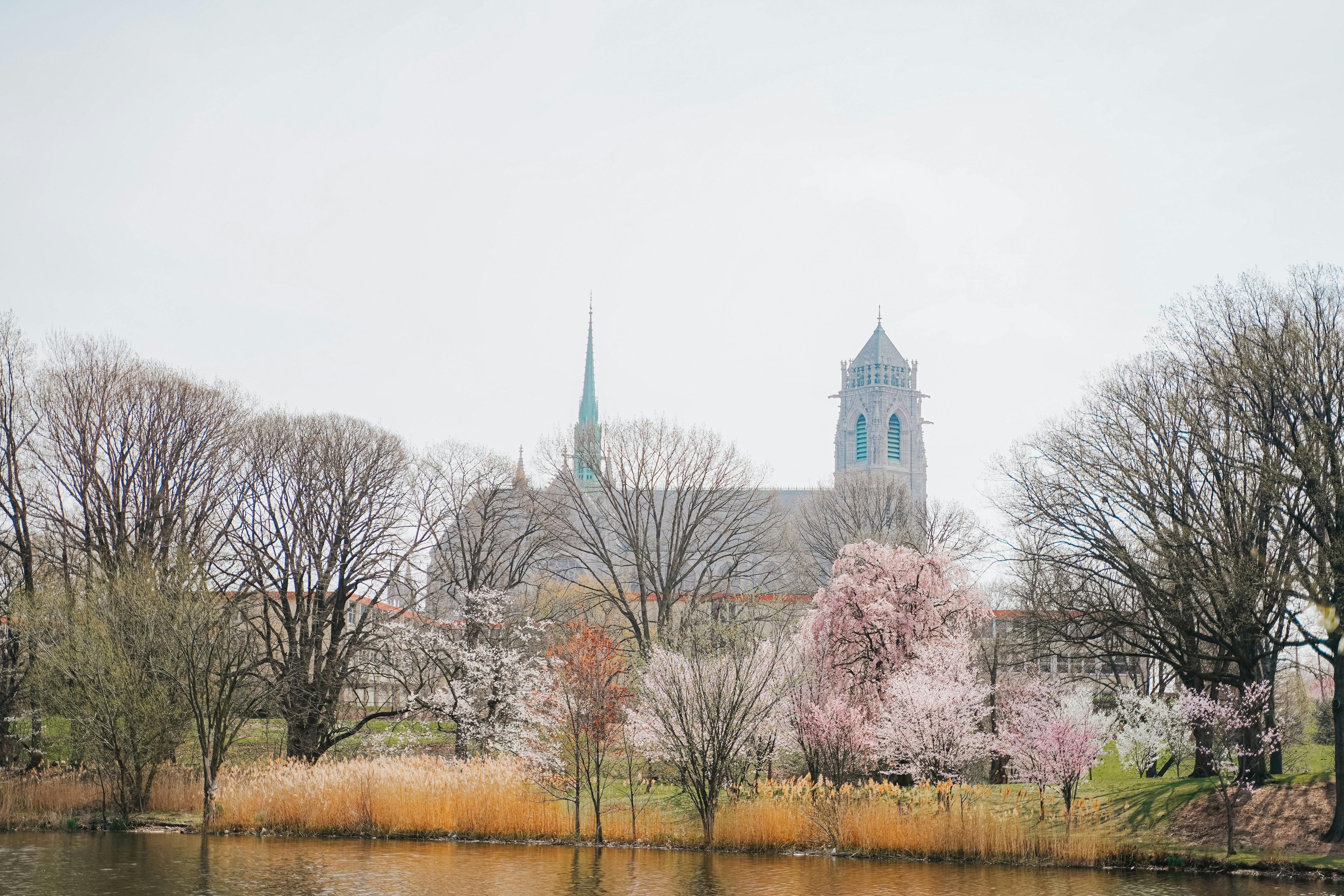
Newark often appears on rankings of the least friendly cities in the United States. Common complaints include curt service, urban stress, and a general lack of hospitality. While Newark has seen significant development and revitalization, its reputation for brusque public interaction remains a common theme among visitors. Its proximity to New York City adds to comparisons. Although some neighborhoods are lively and diverse, first-time visitors may experience a sense of indifference or hurry in interactions, especially in transit-heavy areas like downtown or near the airport.
7. Johannesburg, South Africa
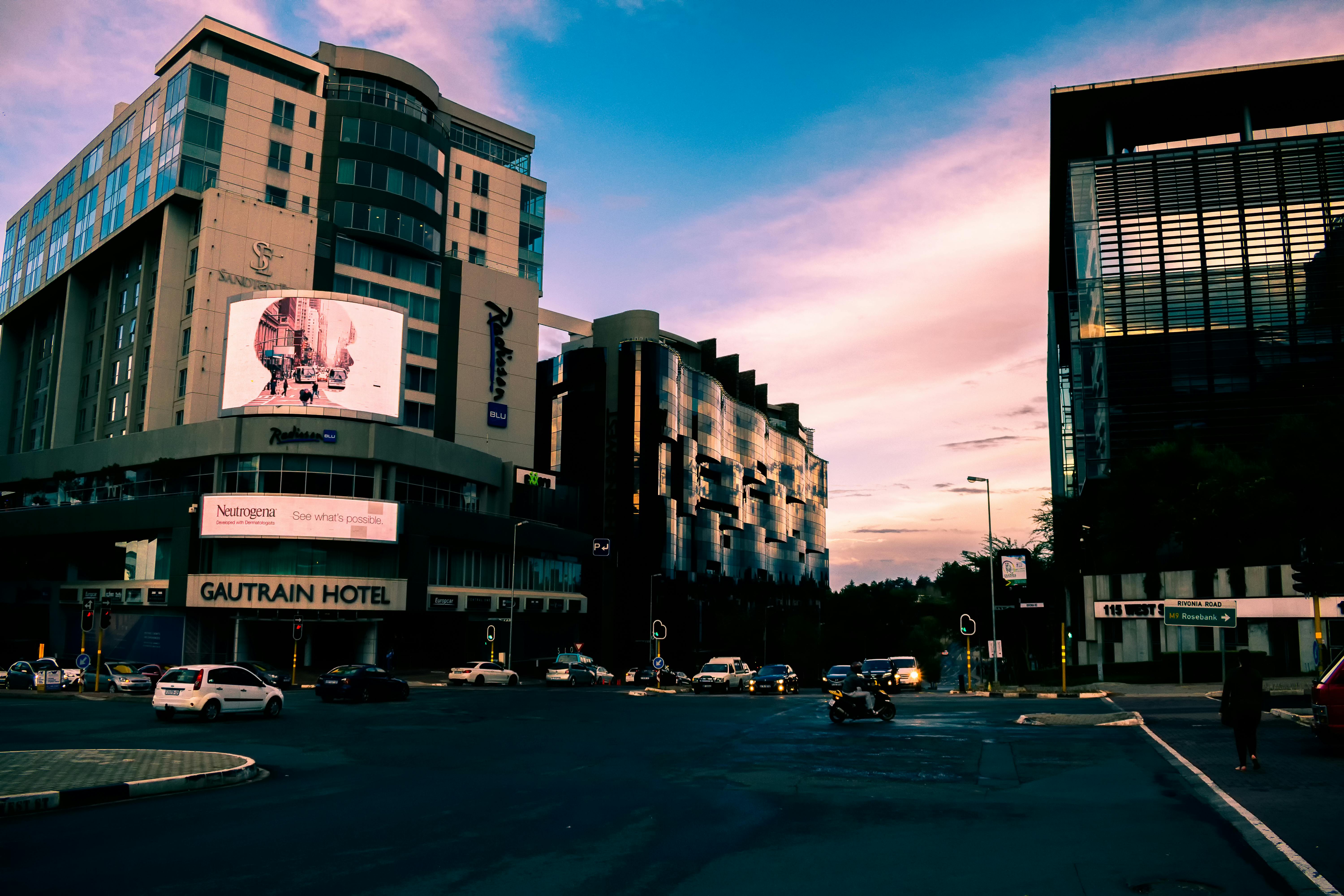
Johannesburg’s low friendliness rankings often stem from concerns over safety and crime rather than interpersonal hostility. Although many residents are warm and welcoming, the city’s security challenges can make tourists feel isolated or cautious. Limited pedestrian-friendly infrastructure and socio-economic divides may also contribute to the city’s intimidating first impression. The visible contrast between affluent suburbs and struggling areas can be jarring. Despite these factors, locals often offer assistance when approached directly, but spontaneous interactions may be rare due to lingering caution in public spaces.
6. Lyon, France

Lyon, France’s culinary capital, is sometimes described as reserved or formal. Tourists unfamiliar with French customs may find service staff distant or interactions impersonal. Though the city offers remarkable culture and cuisine, the tone of social engagement can feel cool compared to other European destinations, particularly in hospitality or retail environments. Speaking a few words of French can ease encounters. Without effort to engage culturally, some travelers find the atmosphere lacking warmth, particularly in busy restaurants or high-end boutiques where locals expect a certain decorum.
5. Athens, Greece

Athens has a dual reputation. While Greece is widely praised for hospitality, its capital can leave a different impression. In high-traffic tourist areas, some visitors report curt behavior or limited patience from locals. Peak tourist seasons may contribute to this impression, with city dwellers juggling daily life amid large crowds of travelers. Some residents express fatigue with year-round tourism. Visitors who explore neighborhoods outside of tourist hotspots often report more friendly and relaxed encounters, suggesting the perceived unfriendliness is mostly localized to overburdened central areas.
Read More: Canadians Ditching US Travel for New Destination, Say Travel Companies
4. Marrakech, Morocco
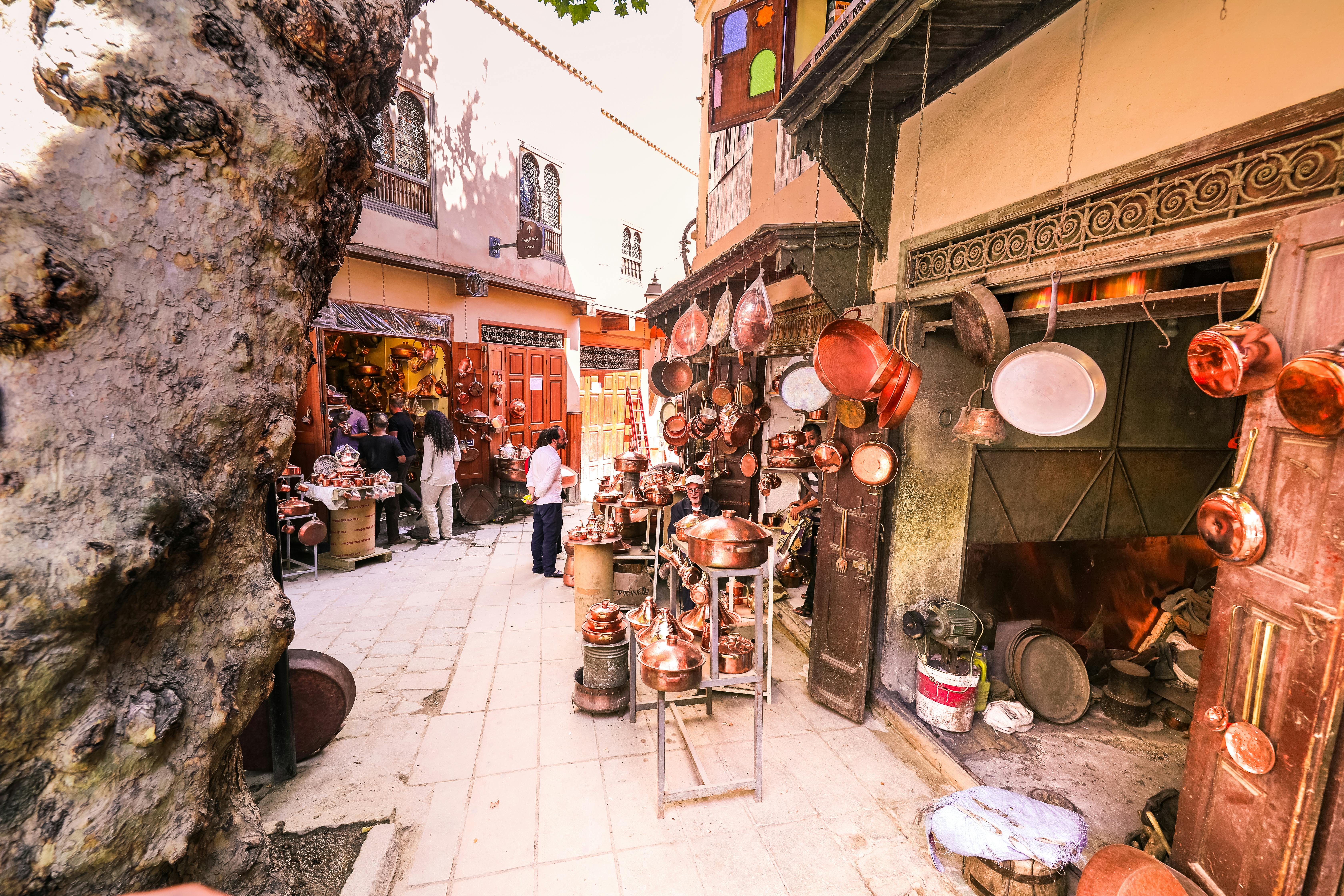
Marrakech’s fast-paced markets, persistent street vendors, and complex negotiation culture can be overwhelming to the uninitiated. This sometimes leads tourists to label the city as unfriendly. However, many travelers also report deeper warmth and genuine hospitality once they adjust to local customs and understand the rhythm of the city. Navigating the medina without a guide can be stressful. Vendors often appear aggressive, but the behavior is rooted more in economic necessity than rudeness. Once visitors embrace local etiquette, experiences often shift positively and memorably.
3. Mumbai, India
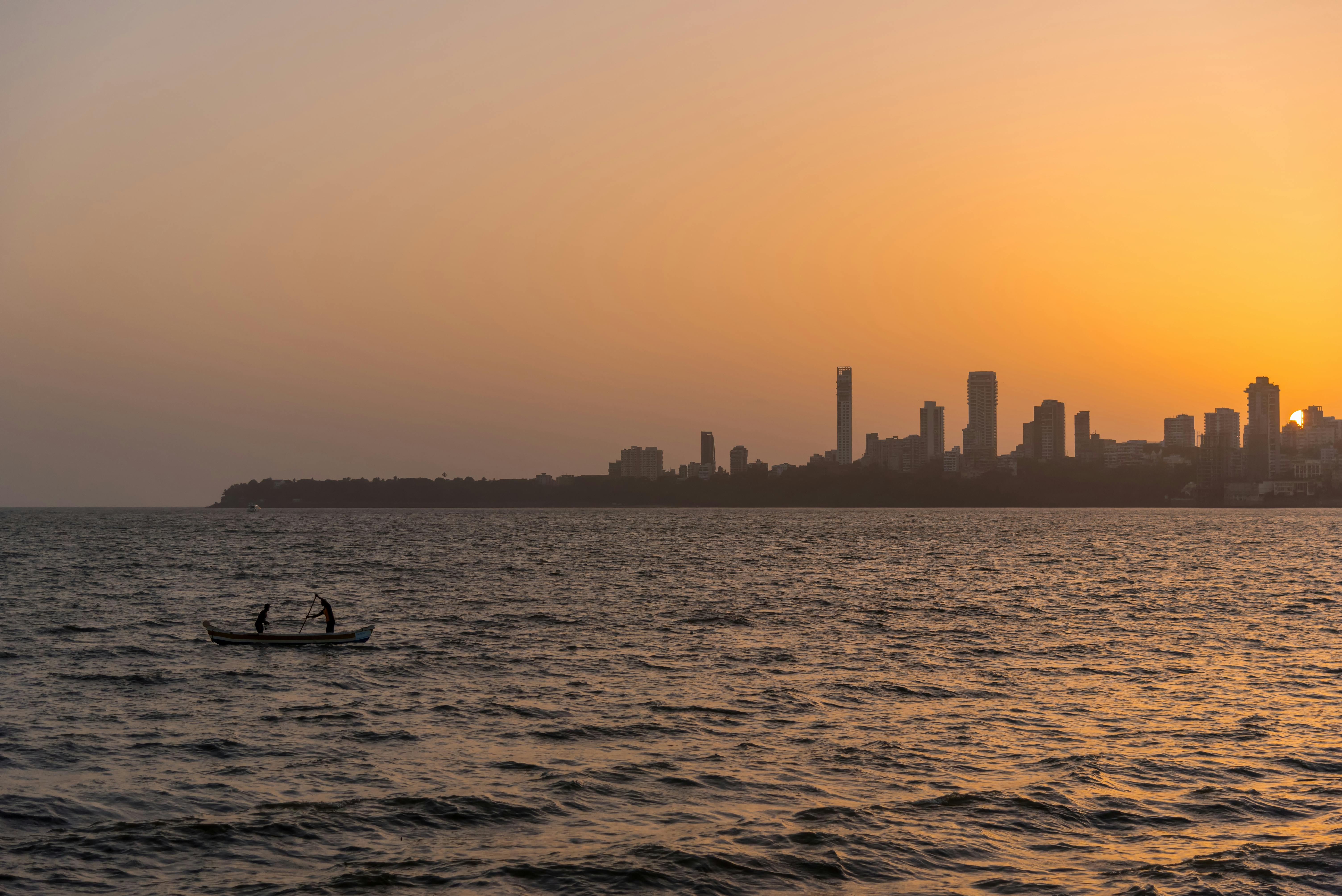
Mumbai is a city full of contrasts. It is dynamic and diverse, but also intensely crowded and fast-moving. Visitors can find the experience exhilarating or exhausting. Surveys have noted that tourists sometimes experience impersonal service or feel overwhelmed by the sheer pace of life. Despite that, local communities often show deep warmth to those who take the time to engage. Many travelers describe a transformation in perception after a few days. Beneath the urban chaos lies a strong culture of hospitality, especially in family-run shops and cafés.
2. New Delhi, India

New Delhi can present a number of challenges for newcomers, from heavy traffic and pollution to aggressive touts and inconsistent service experiences. In busy public areas, the city may come off as brusque or chaotic. While some travelers find it vibrant and full of character, others feel it lacks the accessible friendliness seen in smaller Indian cities. Cultural misunderstandings and noise levels may add to the strain. Yet, like Mumbai, personal interactions often improve with time and curiosity, especially when visitors venture beyond tourist districts.
1. Doha, Qatar

Doha tops this list not because of active hostility, but because of formality and social distance. As a rapidly expanding city rooted in conservative traditions, it can feel closed-off to outsiders. Language barriers and a relatively small tourism sector make spontaneous interaction less common. While safety and order are high, visitors may not encounter the warmth found in more tourist-driven destinations. Public spaces are clean and well-maintained, but social interaction is often confined to familiar groups. With respect for local norms, travelers can still enjoy rich cultural insights.
Read More: Beneath The Glossy Surface Of Dubai Lies A Hidden World You Never Imagined
Conclusion
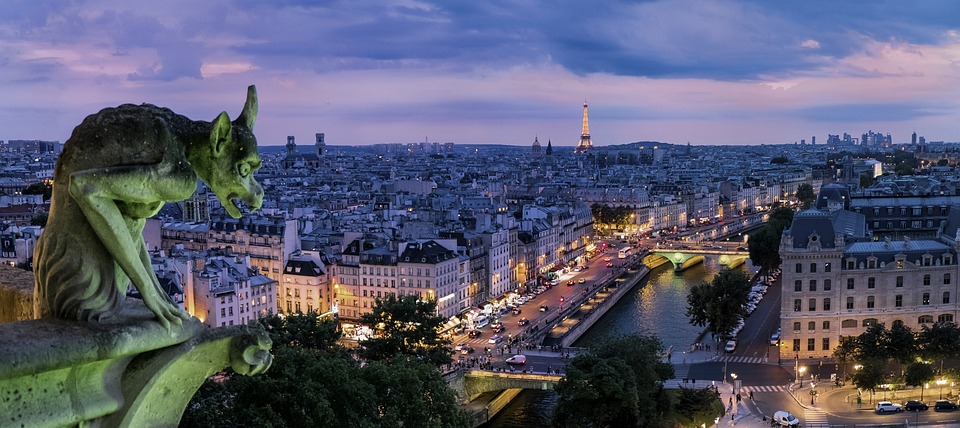
It is important to remember that labels such as “unfriendly” are often based on limited interactions, cultural misunderstandings, or high expectations. Many of the cities listed here are vibrant, exciting, and culturally rich, offering rewarding experiences for travelers who approach them with openness and respect. Social norms, language, and urban stress all influence how people interact with strangers. What feels cold to one visitor might feel perfectly normal to another. With some patience and cultural awareness, even the most reserved cities can become meaningful travel experiences. In the end, the attitude we bring with us often shapes the reception we receive.
Disclaimer: This article was created with AI assistance and edited by a human for accuracy and clarity.
